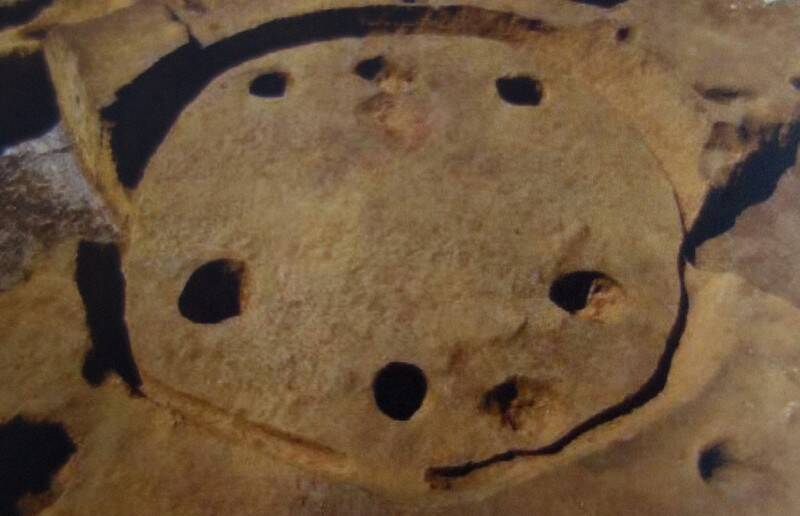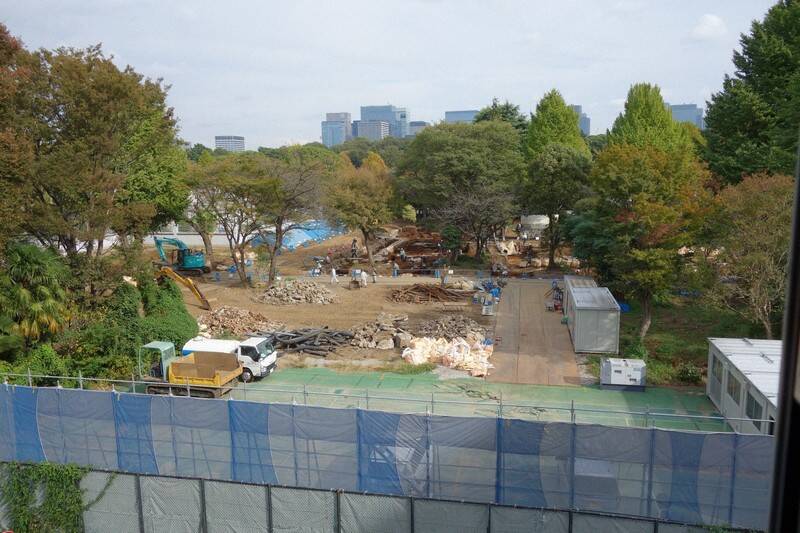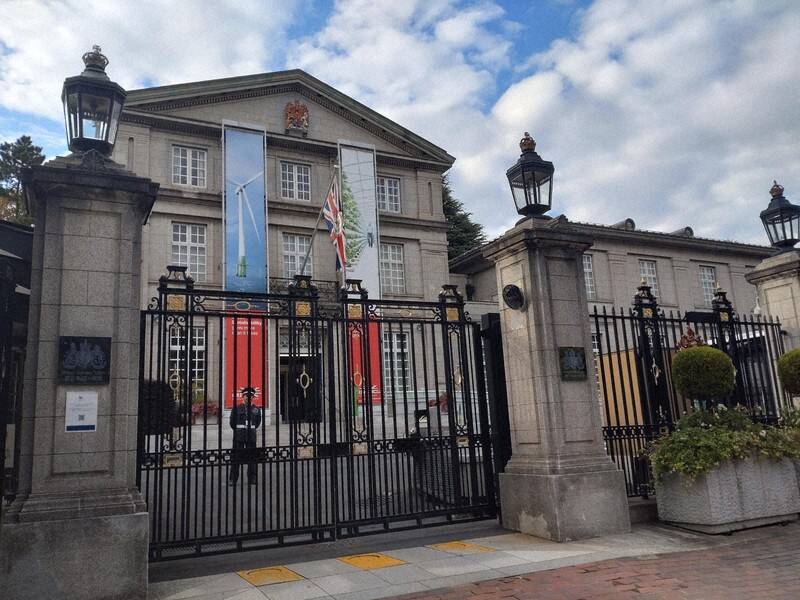So far, 28 ancient dwellings have been uncovered, but because of the planned construction project, it's unlikely the ruins will be preserved.

Mainichi/Akihiro KawakamiThe ruins of a Yayoi-period pit home found in Tokyo.
The remains of a Yayoi-period settlement were recently uncovered beneath a former British embassy in Tokyo amidst ongoing construction of a condominium.
As Mainichi Shimbun reports, Chiyoda Ward officials confirmed that 28 pit homes were unearthed on the grounds of the former British embassy, most of which dated back to Japan’s Yayoi period — and others were even older, dating to the Jomon period that preceded it.
The Yayoi period in Japan lasted from around 300 B.C.E. to 250 C.E., during which rice farming and metalworking saw significant advancements. This period saw a reduction in the use of stone tools in favor of iron and bronze ones, as well as a distinct change in lifestyle and diet.
At the time, people were increasingly settling down in permanent dwellings and subsiding primarily on locally grown rice, millet, beans, and gourds. Hunting and gathering was more supplemental, and many communities came together to store grains, foods, and water.
At first, many of these settlements comprised pit houses similar to those of the prior Jomon period, with thatched roofs and earthen floors. Over time, however, they evolved into above-ground wooden structures.
As of this October, workers at the Chiyoda Ward redevelopment site have discovered 21 Yayoi-period pit dwellings from the first and second centuries C.E., as well as three that dated to the Jomon period. Inside one of these dwellings, they also discovered discarded mollusk shells.
The remaining four dwellings have not yet been dated to any specific period.

Mainichi/Akihiro KawakamiThe condominium construction site in Chiyoda Ward.
Alongside the 28 dwellings, they also discovered earthenware from the Yayoi and Jomon periods, a wooden water pipe, a well, and a cellar from the early modern period.
“I was surprised by this discovery in the center of the city,” said Meiji University professor of archaeology Hideshi Ishikawa. “Few settlements from the first half of the late Yayoi period with this many dwellings have been discovered in the southern Kanto region. It’s academically important because it gives us an idea of how people lived in those days.”
The Chiyoda Ward local government agreed that the site was historically significant, but unfortunately, it seems unlikely that they will designate it as a national historic site — meaning any protections that title would have afforded the ruins will not be put in place.
The site was purchased in part by Mitsubishi Estate Residence Co. in April 2022 to be redeveloped, and although the Chiyoda Ward government attempted to hold discussions with the company regarding the site, it seems any plans they had to preserve a portion of the ruins fell through.
“We are handling the matter in consultation with administrative authorities in accordance with the law and ordinances,” said a spokesperson for the company, which is also bearing the cost of the archaeological survey.
After the purchase, it was noted that the site had not been excavated since the beginning of the Meiji Era (1868-1912), so the ward sought the company’s consent to conduct an excavation, which began in February 2023.

Mainichi/Akihiro KawakamiThe former British Embassy in Tokyo.
When the ancient settlement was discovered, construction was put on hold to conduct a thorough survey of the site. That survey will continue until March 2024, and in all will cover about 25,260 feet.
So far, just over 12,000 square feet have been examined, and archaeologists remain optimistic that further dwellings may be uncovered.
Once the archaeological survey is complete, however, there seems little chance that the site will be preserved in any way. Rather, researchers are tasked with noting any observations and findings in the meantime, before the site is backfilled so that construction on the condominium can resume.
After reading about the ancient pit homes discovered in central Tokyo, read about the time an ancient Roman mosaic was unearthed beneath a supermarket construction site in England. Then, learn about when archaeologists uncovered the world’s oldest brewery in Egypt.





